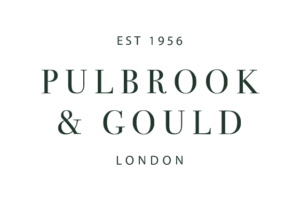What I like – Patrick and Ondine Mestdagh
This exceptionally striking mask is a piece of Mingei, or Japanese folk art. It was once owned by the British collector and dealer of ethnographic art and European arms and armour William Ockleford Oldman (1879-1949), whose reference catalogues from 1901 and 1913 remain an important source of information today. Oldman pieces can be found in the British Museum, the National Museum of the American Indian, and the Pitt Rivers Museum.
What is even more unusual is that it actually appears in a famous photograph of Oldman with his collection around 1920 that is now in the collection of the Museum of New Zealand. Since then it has had to be restored because of a very old break and repair, so slight differences appear between how it looks now and the photograph, but it is the same piece.
I’m known for being a dealer in non-European Tribal art, but this mask is a little outside my usual range. Thanks to some of the extensive network of people I work with, I have been taking a closer look at Japanese pieces in recent years. I have even organised a couple of shows.
Someone I knew offered me this mask with the fantastic Oldman provenance. It was fairly expensive, so I said I needed to think about it for a bit, and we kept taking about it. Then I went to see it, and the moment I set eyes on it, I knew I had to have it. When it was packed up and sent to me, it arrived in two pieces, but it was a clean break along the line of the ancient repair, so we had to have it restored – there was no way I was sending it back because it was just too special, and it looks magnificent today.
Its original purpose is a bit of a mystery. It is too large to have been worn as a theatre mask, but it might have been made for carnival-type celebrations or for ceremonial purposes.
It’s one piece of wood, that has been applied with something like plaster to make it stronger. The eyes and teeth are gilded, which makes the piece even more striking.
When I bought it I was told that it dated to 14th to 16th Century, but an expert I subsequently consulted told me that it was a little later, although he couldn’t be sure. I bet him a lunch that it was earlier, but when I sent it for a thermoluminescence test, it turned out to be late 17th or early 18th century, so I had to pay for the lunch!
My wife and I are keen collectors and we follow our emotions when we buy. As dealers, our collection is for sale 24/7, but even so we sometimes keep pieces aside awhile for our pleasure, and so that we can research them more. Even those end up back on the market, though, and we try to find a buyer who appreciates what we have seen in them.
This is one of those pieces, and I have finally decided to allow it back on to the market at The Berkeley Square Fair, so keep an eye out for it on my stand!
Galerie Mestdagh is at Rue des Minimes 29, 1000 Brussels, Belgium
www.galeriemestdagh.com






